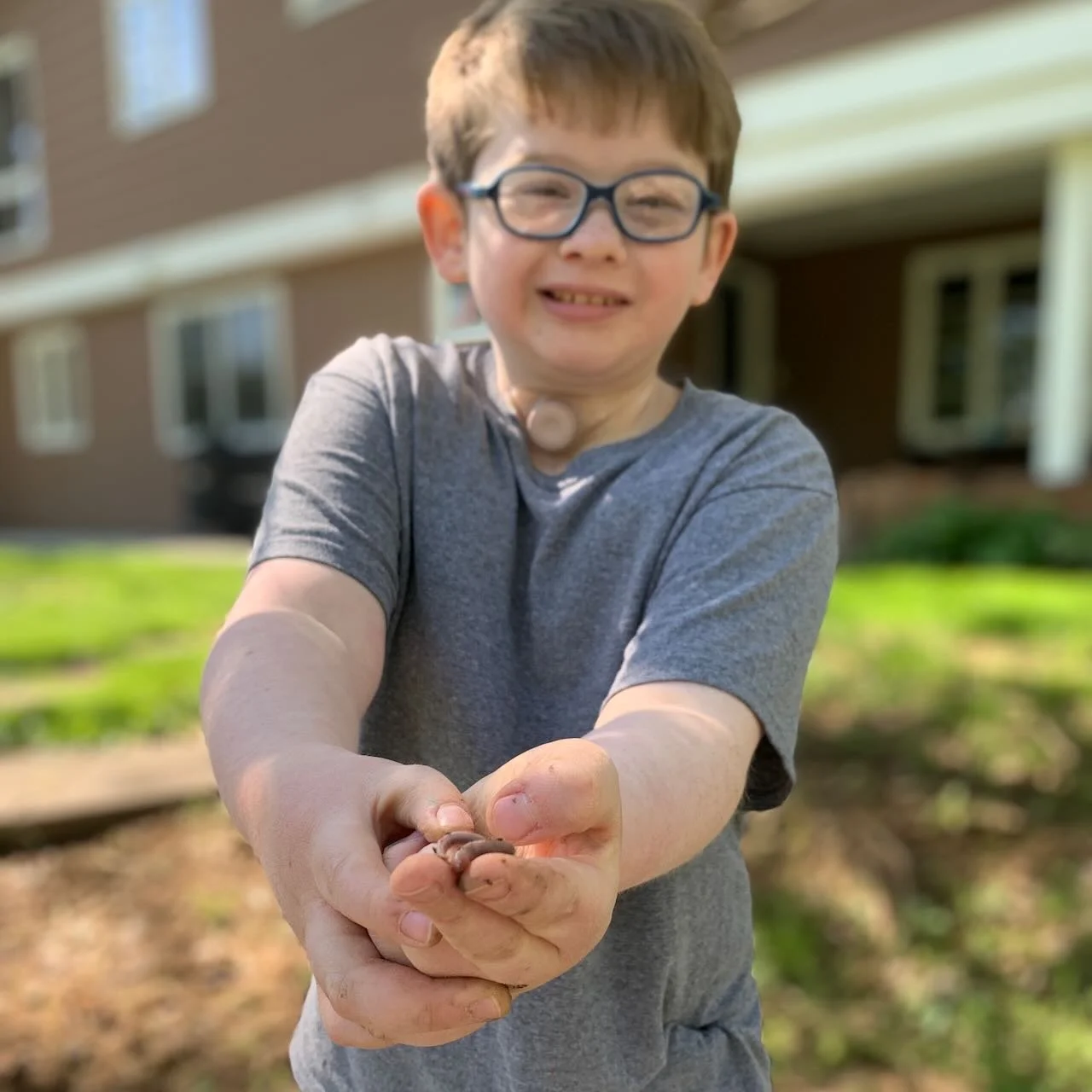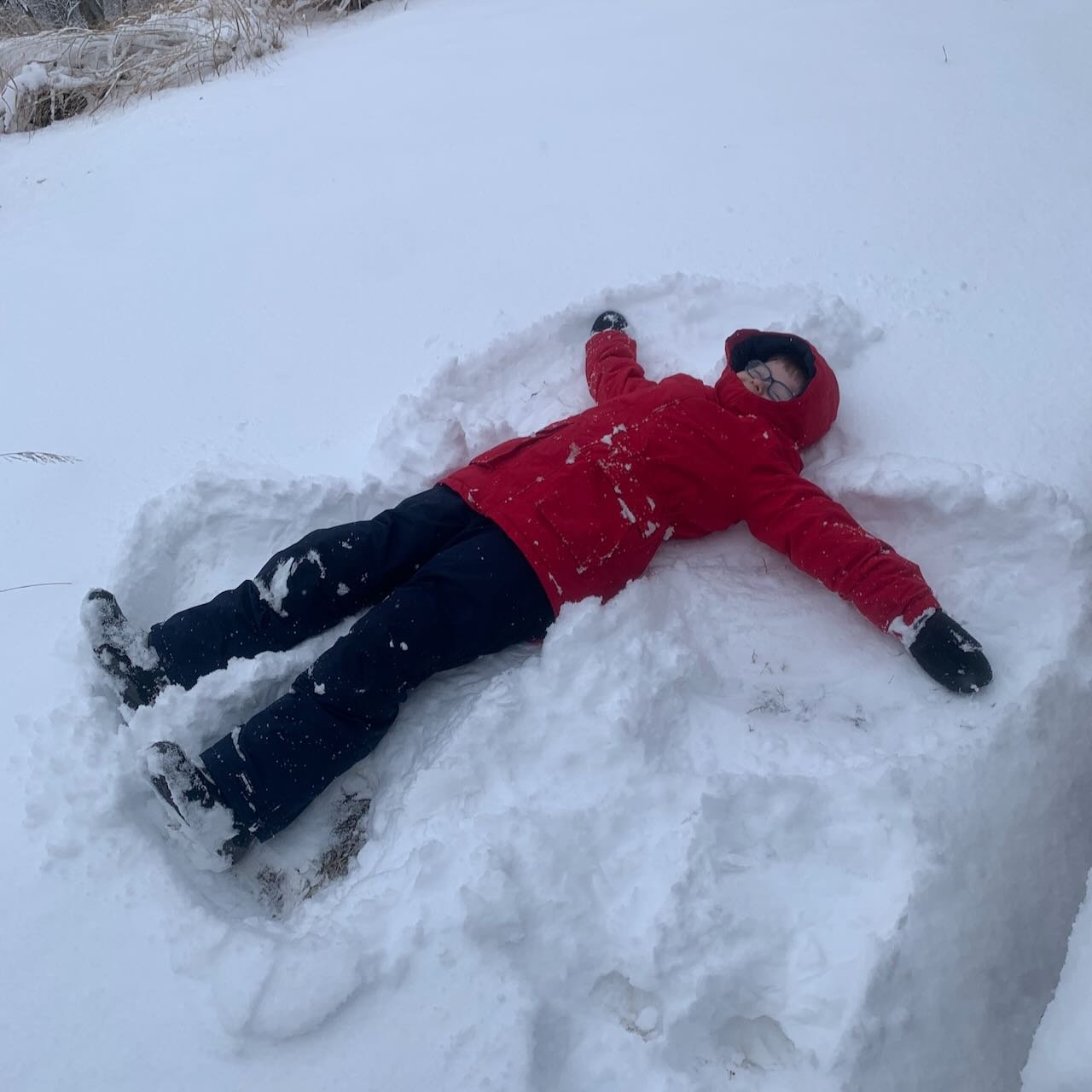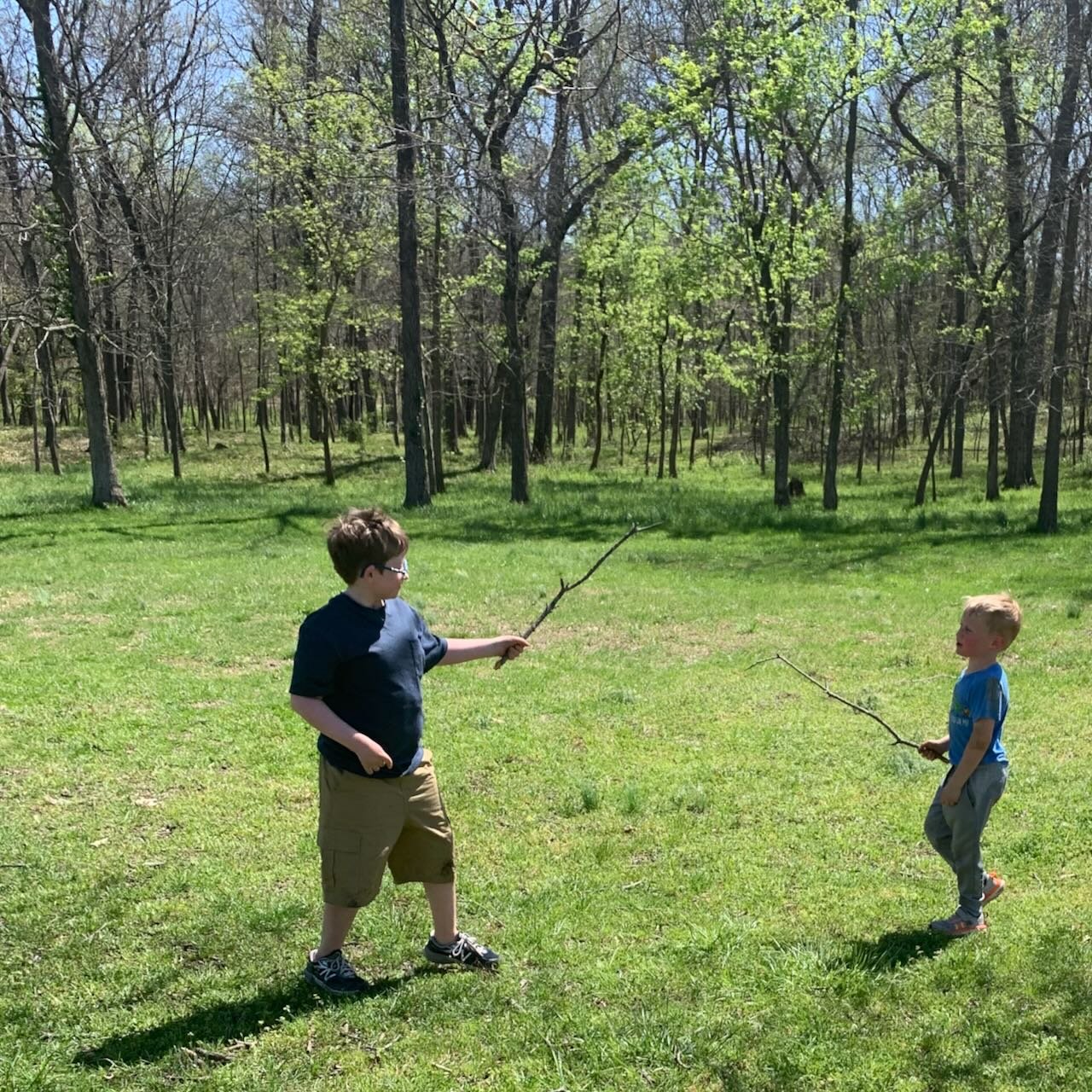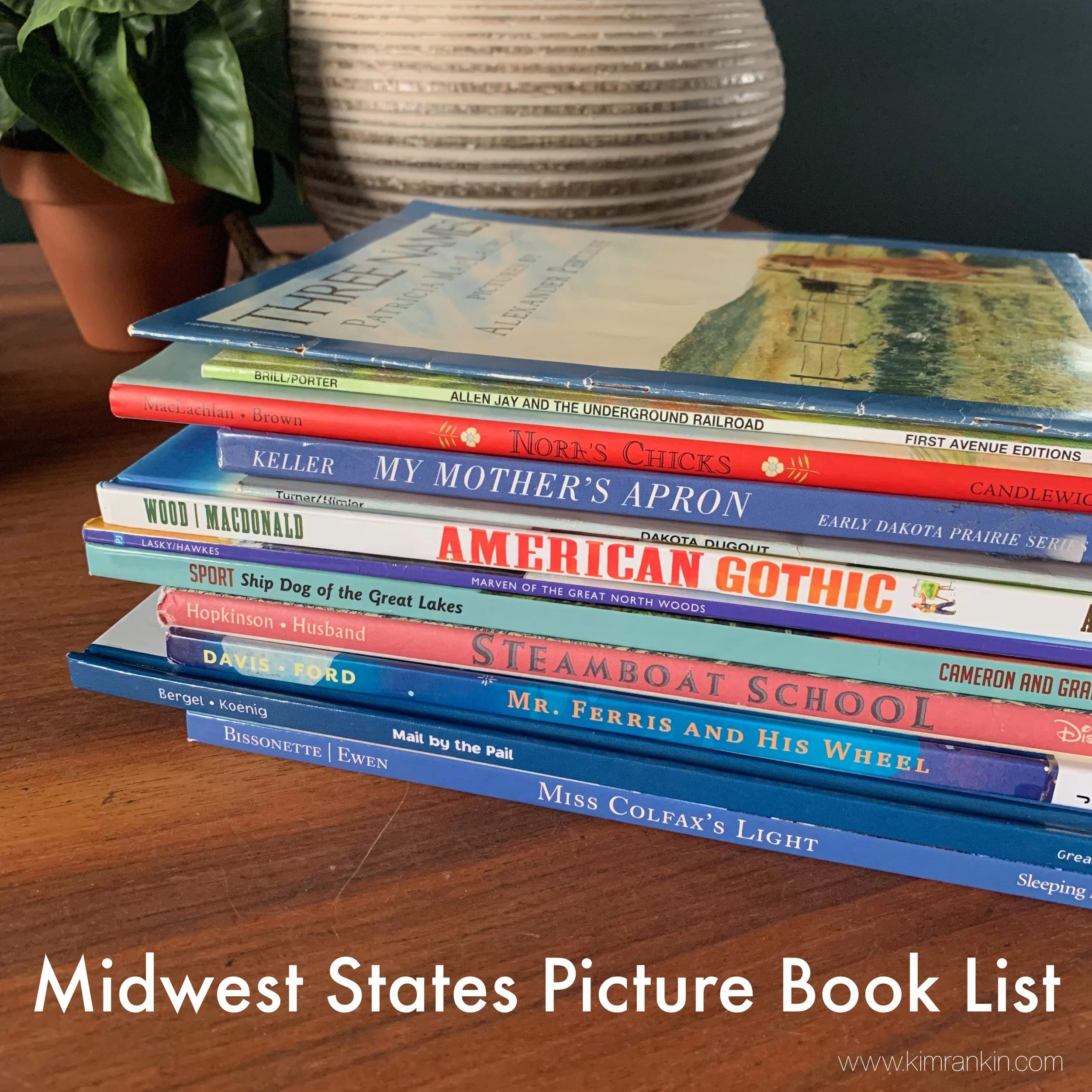A New Diagnosis, A Worm, And An Airway
Nathaniel and I traveled to Ohio last week for three appointments at Cincinnati Children’s. This was a follow up from our trip in September when he was diagnosed with Innominate Artery Compression Syndrome. The recent trip was informative. I’ll be sharing the airway surgeon’s suggestions soon. But this morning when Nathaniel held out his dirty hands to show me a worm while we were weeding the flower bed, I saw instantly why this year since the compression syndrome diagnosis has been challenging.
We returned from Cincinnati last fall with instructions to trial living without Nathaniel’s tracheostomy tube. His airway surgery at age four left him with a very stable breathing stoma in his neck. We long ago realized and took advantage of the fact that Nathaniel could go tube free for at least short times without worry that the stoma would close. Over the last few years our routine trach tube changes always included a pause for trach farts where he would look down, expel air between his chest and chin, and then blow harder to make a farting noise. We started the tube free trials immediately in September. By the end of the month, we had fallen into a routine of going tube free all day.
“Going tube free all day” means Nathaniel started living and we started parenting a child with a hole in his neck. Of course, Nathaniel has had a hole in his neck since the day he was born. But I hadn’t considered how I depended on the tracheostomy tube being an initial barrier between the inside of Nathaniel’s body and the world until it was gone. I remember watching him play with Legos in October and wondering if he would, like so many kids who attempt to put small toys up their nose, try to put a Lego in his neck stoma.
This wasn’t our only immediate challenge.
In pediatric tracheostomy world, caregivers are taught and equipped to help manage lung secretions on behalf of the child. We have carried a suction machine with us since Nathaniel was an infant. He wore a barrel shaped heat moisture exchanger (HME) at the end of his tracheostomy tube that did exactly as it sounds - heated and moisturized the air he breathed. It did the job of a nose. In fact professionals, families, and trach kids sometimes call the HME a nose. The secondary blessing of using an HME is that it traps the gunk that children expel from their lungs until the HME is removed for suctioning. When we discontinued using the trach tube in September, we had nothing to attach the pediatric HME to. Nothing to catch the gunk. Our problem, one that we had to mitigate every waking moment since September, was dealing with all the mucus Nathaniel coughs out.
The lack of an HME was also likely creating more mucus. The body’s response to breathing dry air straight into the lungs is to make fluid. September was a long time ago now. It feels like forever since we used pediatric airway management protocols of trach tubes, HMEs, and a suction machine. I can’t remember that way of living well enough to make a comparison between the amount of secretions Nathaniel had with that set up and the amount he has using nothing. But I now know that even a little mucus coughed straight from his neck stoma onto his T-shirt creates a clean up job much messier than using HMEs and suctioning. Guiding a pre-pubescent boy through the process of learning to personally manage bodily fluids isn’t for a faint of heart. This challenge of managing lung secretions with no barrier has created considerable frustration for Nathaniel and caregivers for the last nine months.
Other challenges this year have been equally age specific. Water gun fights. Baths. Rolling off a sled and getting a face and neck full of powdery snow. Hair that sneaks between the cape and neck during a haircut. Stick fights with a nephew. Fingers licked by the dog and then immediately used to wipe away secretions at the stoma. Taking away concerns of germs and others’ illnesses, there have been moments this year when I wanted to yell that it simply does not work for a child to walk around with an exposed hole in his neck. As parents we have simultaneously juggled trying to teach Nathaniel to care for his own airway towards the goal of independence while monitoring dirty hands, environmental concerns, and an open stoma closely to prevent further injury or illness.
But it was different today when he showed me the worm. I could focus on the worm and Nathaniel’s joy. One of our appointments in Cincinnati last week was to meet with an adult medicine doctor who’s team fit Nathaniel and provided us with the products that adults use to protect and humidify neck stomas. We are a handful of days into trialing the new supplies. The hole in Nathaniel’s neck is covered again. Childhood is covered again. The worm, though not necessarily safe in the eleven-year-old’s hands, is safe for Nathaniel.






